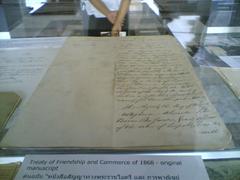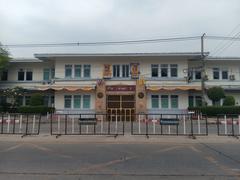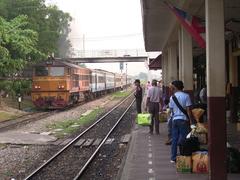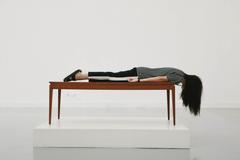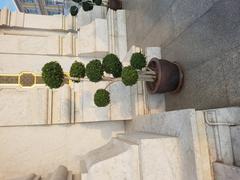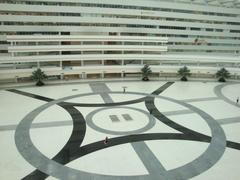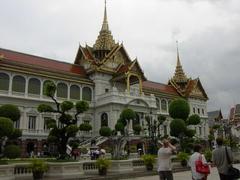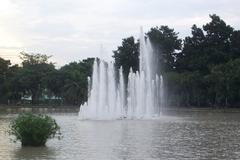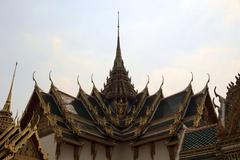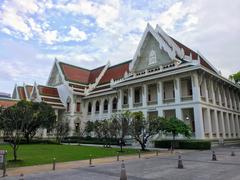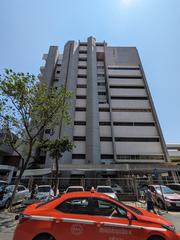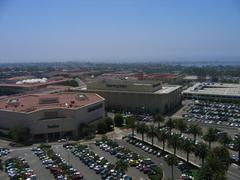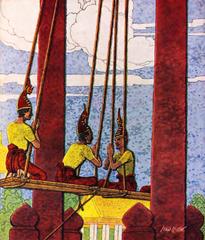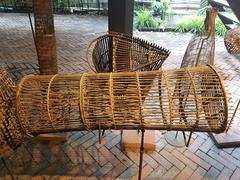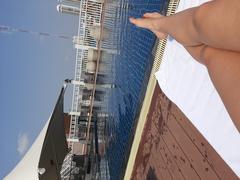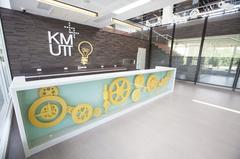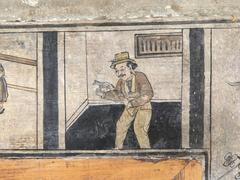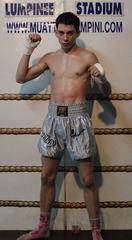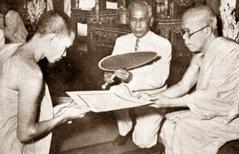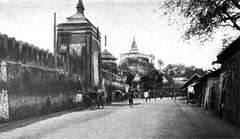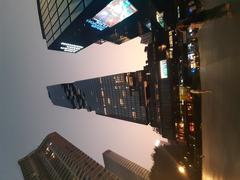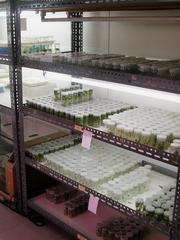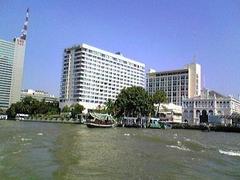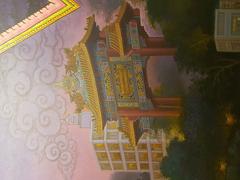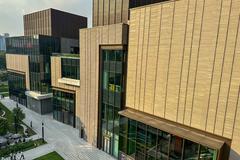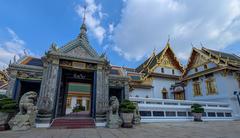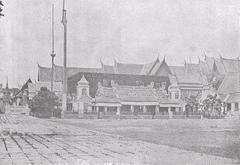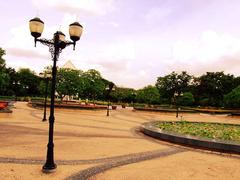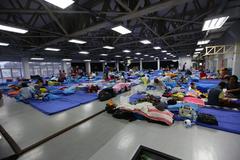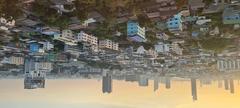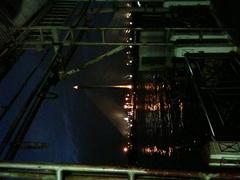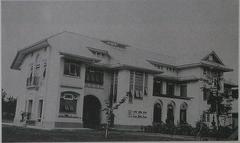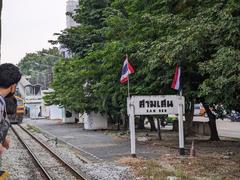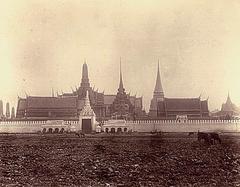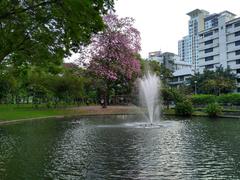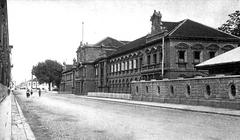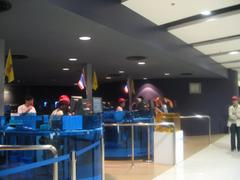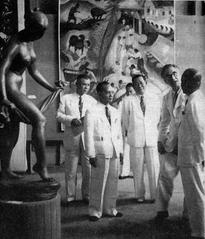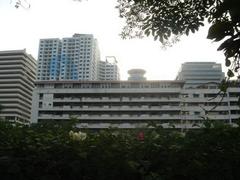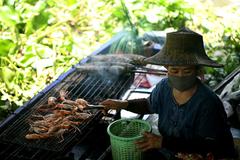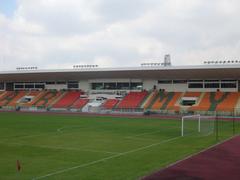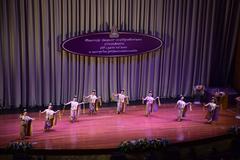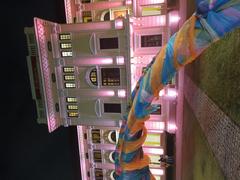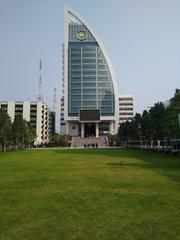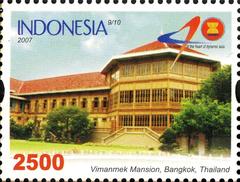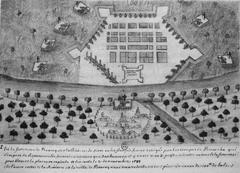Visiting Hours, Tickets, and Historical Insights of King Prajadhipok Museum, Bangkok, Thailand
Date: 24/07/2024
Introduction
The King Prajadhipok Museum in Bangkok, Thailand, is a fascinating destination for anyone interested in the rich tapestry of Thai history and culture. Named after King Prajadhipok, the seventh monarch of the Chakri dynasty and the last absolute monarch of Thailand, the museum offers a comprehensive look into his life, reign, and the pivotal moments that shaped modern Thai society. King Prajadhipok’s reign from 1925 to 1935 was marked by significant political and social transformations, including the transition from absolute monarchy to constitutional monarchy following the 1932 Siamese Revolution. This museum provides a unique window into these historical events and their lasting impact on Thailand (source).
Housed in a neoclassical building designed by French-Swiss architect Charles Beguelin, the King Prajadhipok Museum is not only a repository of historical artifacts but also an architectural gem. The building itself has a storied past, originally serving as a department store before being repurposed as a museum in 2001. Located at the Phanfa Bridge intersection in the Pom Prap Sattru Phai District, the museum stands as a testament to Bangkok’s architectural and cultural heritage (source).
Visitors to the museum can explore a wide range of exhibits, from royal artifacts and personal belongings of King Prajadhipok and Queen Rambhai Barni to detailed accounts of the 1932 revolution and its aftermath. The museum also hosts temporary exhibitions, guided tours, and special events, making each visit a unique experience. Whether you’re a history enthusiast, a curious traveler, or someone looking to understand the evolution of Thai political landscapes, the King Prajadhipok Museum offers invaluable insights and an enriching cultural experience.
Table of Contents
- Introduction
- History and Significance
- Museum Collections
- Exhibitions
- Personal Belongings and Artifacts
- Political and Social Impact
- Visitor Information
- Nearby Attractions
- Guided Tours and Special Events
- Photographic Spots
- Conclusion
- FAQ
History and Significance
Historical Background
King Prajadhipok, also known as Rama VII, was the seventh monarch of the Chakri dynasty and reigned over Thailand from 1925 to 1935. His reign was a period of significant political and social changes, most notably the transition from an absolute monarchy to a constitutional monarchy. This transformation was marked by the 1932 Siamese Revolution, a bloodless coup staged by the Khana Ratsadon (People’s Party), which led to the establishment of Thailand’s first constitution. King Prajadhipok willingly signed the draft constitution on June 27, 1932, effectively relinquishing his absolute powers (source).
Architectural Significance
The King Prajadhipok Museum is housed in a three-storey neoclassical building located at the Phanfa Bridge intersection in the Pom Prap Sattru Phai District of Bangkok. The building itself is a registered heritage site and was designed by French-Swiss architect Charles Beguelin in the early 20th century. Originally, it served as the John Sampson & Son’s department store, a branch of a London-based shop known for tailor-made shoes and saddles. The building was later used by the Department of Public Works before being converted into the museum in 2001 (source).
Museum Collections
The museum’s collections are a treasure trove of royal artifacts and personal belongings that offer a glimpse into the life and reign of King Prajadhipok and Queen Rambhai Barni. Among the highlights are the king’s official robes, ceremonial swords, and other regalia. Visitors can also see personal items such as the king’s furniture, clothing, and accessories, which provide insights into his daily life and interests. The museum also houses a collection of rare photographs and documents that shed light on the political and social changes during King Prajadhipok’s reign. Notably, the collection includes royal jewelry crafted from gold, silver, and precious stones, showcasing the finest craftsmanship of the era (source).
Exhibitions
Permanent Exhibitions
The museum is divided into several exhibition zones spread across three floors. The first floor features permanent exhibits, including the desk used by King Prajadhipok, a book cabinet containing his personal collection of books, and a collection of cigarette lighters. A mini-theatre on this floor shows films about the king, including “Magic Ring,” shot on Pha-Ngan Island in 1929 (source).
Temporary Exhibitions
The museum also hosts a variety of temporary exhibitions that focus on different aspects of Thai history, culture, and art. These exhibitions are periodically updated to provide fresh and engaging content for repeat visitors. Recent temporary exhibitions have included topics such as “The Evolution of Thai Democracy,” “Royal Ceremonies and Traditions,” and “The Role of Women in Thai History.” These exhibitions often feature rare artifacts, interactive displays, and expert lectures (source).
Personal Belongings and Artifacts
Queen Rambhai Barni, the consort of King Prajadhipok, donated a large number of authentic personal items to the museum in 1980. These include reading glasses, photographs, and memoirs, providing a personal touch to the historical narrative. The museum also displays King Prajadhipok’s military uniforms, weapons, royal household objects, and eyeglasses. These items offer a comprehensive view of the king’s life, from his military training in England and France to his abdication and life in the United Kingdom (source).
Political and Social Impact
King Prajadhipok’s reign marked a turning point in Siamese history. He became the last absolute monarch and the first constitutional monarch of the Chakri dynasty. The 1932 coup d’état was instrumental in turning the absolute monarchy into a constitutional monarchy, a transition that triggered a series of ups and downs in the lives of the monarch and his constituents. King Prajadhipok is, to date, the only king in the current Rattanakosin Era to have abdicated due to disputes with the ruling government. His abdication on March 2, 1935, and subsequent life in England until his death in 1941, are well-documented in the museum’s exhibits (source).
Visitor Information
The King Prajadhipok Museum is located on Lan Luang Road in the Rattanakosin district of Bangkok. It is open from 09:00 to 16:00, Tuesday to Sunday. The admission fee is 40 baht, and entry is free with a Muse Card. Visitors are not allowed to bring bags inside, but free lockers are available. The museum is accessible by various modes of transportation, including buses (routes 2, 15, 39, 44, 47, 59, 60, 79, 511) and the Khlong Saen Saep Express boat to Phan Fa Lilat Pier (source).
Nearby Attractions
While visiting the King Prajadhipok Museum, consider exploring other nearby attractions to enrich your trip. The Golden Mount (Wat Saket) is a short distance away and offers panoramic views of Bangkok. The Democracy Monument and the Giant Swing are also nearby, providing additional historical and cultural insights. For those interested in more museums, the Bangkok National Museum and the Museum of Siam are excellent choices.
Guided Tours and Special Events
The museum occasionally offers guided tours that provide deeper insights into the exhibits and the historical context of King Prajadhipok’s reign. Special events, including temporary exhibitions and educational workshops, are also held throughout the year, making each visit unique. Check the museum’s official website or contact them directly for the latest information on tours and events.
Photographic Spots
The King Prajadhipok Museum offers several picturesque spots perfect for photography. The neoclassical architecture of the building itself is a stunning backdrop, and the exhibits inside provide opportunities for capturing intricate details and royal artifacts. The staircase in the new wing, decorated with likenesses of prominent Thai political figures, is another popular spot for photos.
Conclusion
The King Prajadhipok Museum offers a comprehensive and insightful look into the life and reign of King Prajadhipok, the last absolute monarch and the first constitutional monarch of Thailand. The museum’s extensive collections, historical artifacts, and detailed exhibitions provide a unique opportunity to understand the political and social transformations that took place during his reign. For anyone interested in Thai history and the evolution of its political landscape, a visit to the King Prajadhipok Museum is an enriching and educational experience. Don’t forget to check out nearby attractions and take advantage of guided tours for a more immersive experience. Follow us on social media for more updates and travel tips.
FAQ
Q: What are the visiting hours for the King Prajadhipok Museum? A: The museum is open from 09:00 to 16:00, Tuesday to Sunday.
Q: How much is the admission fee for the King Prajadhipok Museum? A: The admission fee is 40 baht. Entry is free with a Muse Card.
Q: Are there any guided tours available at the museum? A: Yes, the museum occasionally offers guided tours. Check their official website or contact them directly for the latest information.
Q: What are some nearby attractions to the King Prajadhipok Museum? A: Nearby attractions include the Golden Mount (Wat Saket), the Democracy Monument, and the Bangkok National Museum.
Q: Is photography allowed inside the museum? A: Yes, photography is allowed in designated areas. The building’s neoclassical architecture and the exhibits themselves offer great opportunities for photos.
